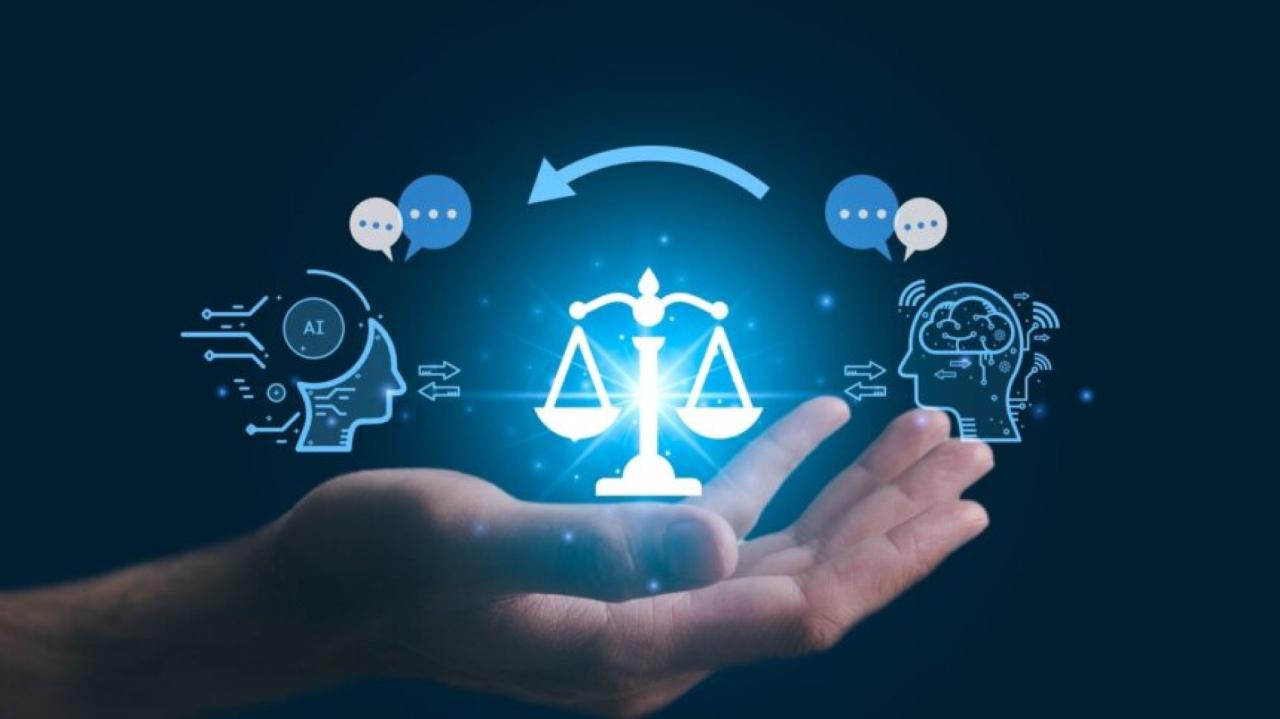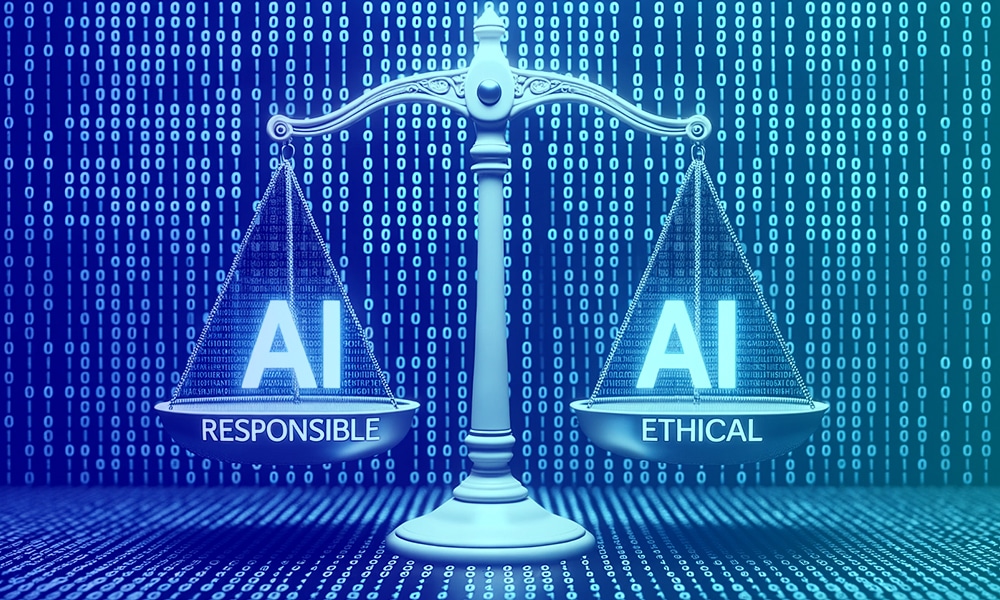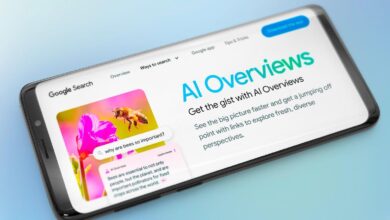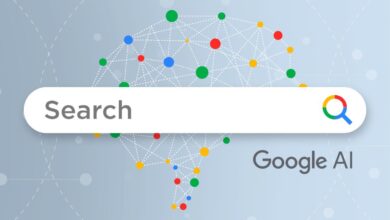Navigating the New Ethical Quagmire of Artificial Intelligence
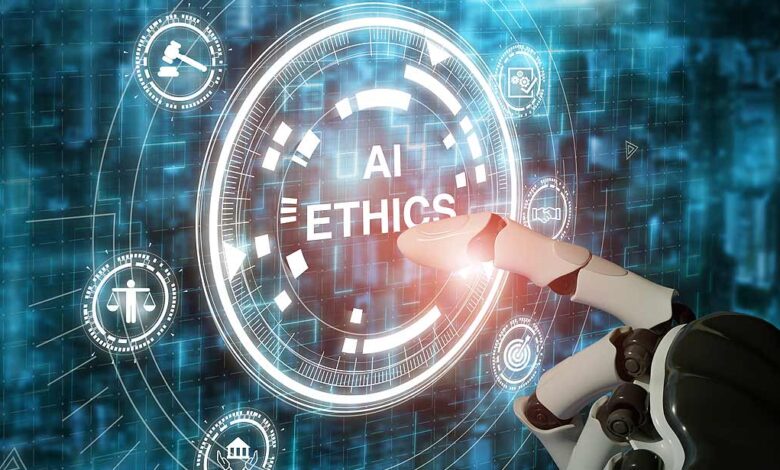
The ascent of Artificial Intelligence (AI) is no longer a subplot in a science fiction narrative; it is the dominant technological revolution of our time. From streamlining global supply chains to powering the smartphone in your pocket, AI’s capabilities are expanding at a breathtaking, almost exponential, rate. However, this breakneck innovation is casting a long and complex shadow. As we integrate these powerful systems deeper into the fabric of society, a new ethical nightmare is emerging—one that challenges our fundamental concepts of privacy, fairness, accountability, and even what it means to be human. This isn’t a future problem; it is a present-day quagmire demanding immediate and rigorous scrutiny.
The Core of the Conundrum: Why AI Ethics is a Modern Imperative
AI ethics moves beyond the classic “robots taking over the world” trope. The real nightmare is subtler, more insidious, and already embedded in our daily lives. It revolves around the unintended consequences of algorithms that can learn, predict, and influence on a massive scale. The core issue is that AI systems, particularly those based on machine learning, are not inherently objective. They are mirrors reflecting the data they are fed and the intentions of their creators. When that data is biased, or those intentions are murky, the reflection becomes distorted, leading to systemic and often invisible harms.
A. The Pervasive Threat of Algorithmic Bias and Discrimination
Perhaps the most widely discussed ethical pitfall is algorithmic bias. This occurs when an AI system generates results that are systematically prejudiced due to erroneous assumptions in the machine learning process.
How Does Bias Creep In?
Bias is rarely introduced by a single malicious actor. Instead, it infiltrates AI through several channels:
-
Biased Training Data: An AI model trained on historical hiring data from a company that historically favored male candidates for technical roles will learn to perpetuate that gender bias. It identifies “maleness” as a correlating factor for success, thus downgrading female applicants’ resumes.
-
Flawed Model Features: The selection of data points (features) used to make decisions can be problematic. Using zip code as a proxy for creditworthiness can reinforce racial and socioeconomic discrimination, as historic redlining practices have created stark demographic divisions by neighborhood.
-
Developer Homogeneity: A lack of diversity among AI developers and data scientists means that blind spots in cultural understanding and experience go unchallenged. A team that lacks representation may not foresee how a facial recognition system could fail for people of color.
Real-World Consequences:
The outcomes of biased algorithms are not theoretical. They have dire real-world impacts:
-
Justice: Predictive policing algorithms can target neighborhoods with already high arrest rates, creating a feedback loop of over-policing while ignoring crime in wealthier areas.
-
Finance: Loan application algorithms have been shown to offer less favorable terms to minority applicants, even when controlling for financial history.
-
Healthcare: Algorithms used to guide medical decisions have systematically disadvantaged Black patients by incorrectly assuming health costs are a proxy for health needs.
B. The Black Box Problem: AI’s Accountability Crisis
Many advanced AI systems, particularly deep learning neural networks, are notoriously opaque. Their decision-making processes are so complex and involve so many layers of computation that even their creators cannot always explain why a specific decision was reached. This is known as the “black box” problem.
Why is Explainability (XAI) Crucial?
If a bank denies you a loan based on an AI’s recommendation, you have a legal and ethical right to know why. Without explainability:
-
Accountability Vanishes: It becomes impossible to assign responsibility for a harmful decision. Was it the algorithm? The data? The company that deployed it?
-
Error Correction is Hamstrung: If we don’t know how a system reached a wrong conclusion, we cannot effectively debug or improve it.
-
Trust Erodes: Society will not, and should not, trust systems that cannot justify their actions, especially in high-stakes domains like medicine, criminal justice, or autonomous driving.
C. The Data Privacy Paradox and Informed Consent
AI is voraciously hungry for data. The more data it consumes, the more accurate and powerful it becomes. This creates an inherent tension between technological advancement and the individual’s right to privacy.
The Illusion of Consent:
The traditional concept of “informed consent” is breaking down. When we click “I Agree” on lengthy, impenetrable Terms of Service documents, we are often consenting to data collection practices we do not understand for purposes that have not yet been invented. Our data is aggregated, anonymized, and sold to train models that may then be used to influence our behavior, from what we buy to how we vote.
The Rise of Surveillance Capitalism:
AI enables a new form of economic model where human experience is translated into behavioral data for prediction and monetization. The ethical nightmare here is a world of perpetual, invisible surveillance where our every digital move is tracked, analyzed, and used to manipulate us, often without our explicit knowledge or meaningful consent.
D. The Looming Specter of Autonomous Weapons Systems
The militarization of AI presents perhaps the most acute ethical crisis. The development of Lethal Autonomous Weapons Systems (LAWS) “slaughterbots” that can identify, select, and engage targets without human intervention raises existential questions.
The Ethical Fault Lines:
-
The Responsibility Gap: Who is responsible if an autonomous weapon commits a war crime? The programmer? The commanding officer? The manufacturer?
-
Lowering the Threshold for War: By reducing military casualties for one side, these systems could make the decision to go to war easier, destabilizing global security.
-
Proliferation and Asymmetry: These weapons could eventually become cheap and scalable, falling into the hands of non-state actors and terrorists, creating unprecedented security threats.
E. The Economic Displacement and Societal Shift
The fear of AI automating human jobs is a classic concern, but its ethical dimensions are profound. While AI will create new jobs, the transition may be painful and inequitable.
Widening the Inequality Gap:
The benefits of AI-driven productivity are likely to flow overwhelmingly to the owners of capital and highly skilled workers, while displacing those in routine, manual, or data-processing roles. This risks exacerbating socioeconomic inequality, leading to widespread unemployment and social unrest if not managed with careful policy and robust retraining programs.
F. The Erosion of Human Creativity and Agency
Generative AI models like GPT-4, DALL-E, and Midjourney can now produce text, images, music, and code of astonishing quality. This forces us to confront difficult questions about creativity, originality, and intellectual property.
-
What is Original? If an AI is trained on the entire corpus of human art and literature, who owns the output it generates? Is it a derivative work? Does it infringe on the copyrights of the millions of artists it learned from?
-
Devaluing Human Effort: The widespread availability of AI-generated content could devalue the work of human creators, making it harder for them to earn a living.
-
Cognitive Deskilling: Over-reliance on AI for tasks like writing, design, and even decision-making could lead to an atrophy of our own critical thinking and creative skills.
Forging a Path Forward: Solutions and Mitigation Strategies
This ethical nightmare is daunting, but it is not insurmountable. Addressing it requires a multi-faceted approach involving collaboration across disciplines.
A. Prioritizing Ethical Design (Ethics by Design): Ethical considerations must be integrated into the AI development lifecycle from the very beginning, not bolted on as an afterthought. This includes using diverse and representative data sets, building for transparency, and conducting rigorous bias audits.
B. Developing Robust Regulation and Governance: Governments and international bodies must move swiftly to establish clear legal frameworks. The European Union’s AI Act is a pioneering example, proposing a risk-based regulatory approach that bans unacceptable AI practices (like social scoring) and imposes strict requirements for high-risk applications.
C. Championing Explainable AI (XAI): The research community must continue to prioritize the development of tools and techniques that make AI decision-making interpretable and understandable to humans.
D. Ensuring Multi-Stakeholder Involvement: Solving this crisis cannot be left to tech companies alone. Ethicists, sociologists, lawmakers, civil rights advocates, and the public must all have a seat at the table to ensure AI is developed for the benefit of all humanity.
E. Promoting Transparency and Public Literacy: Companies must be transparent about how their AI systems work and what data they use. Simultaneously, we must invest in public education to foster a society that is critically aware of AI’s capabilities and its pitfalls.
Conclusion: The Choice is Ours
The new ethical nightmare emerging from AI is not a predetermined doom. It is a consequence of choices choices made by developers, corporations, governments, and users. The technology itself is neutral; its moral character is defined by how we build and use it. We stand at a crossroads. One path leads to a future of amplified inequality, opaque control, and eroded freedoms. The other leads to a world where AI augments human potential, solves our most pressing challenges, and operates within a framework of fairness, transparency, and accountability. The nightmare is real, but so is our capacity to wake up and steer this powerful technology toward a more ethical and humane future.

